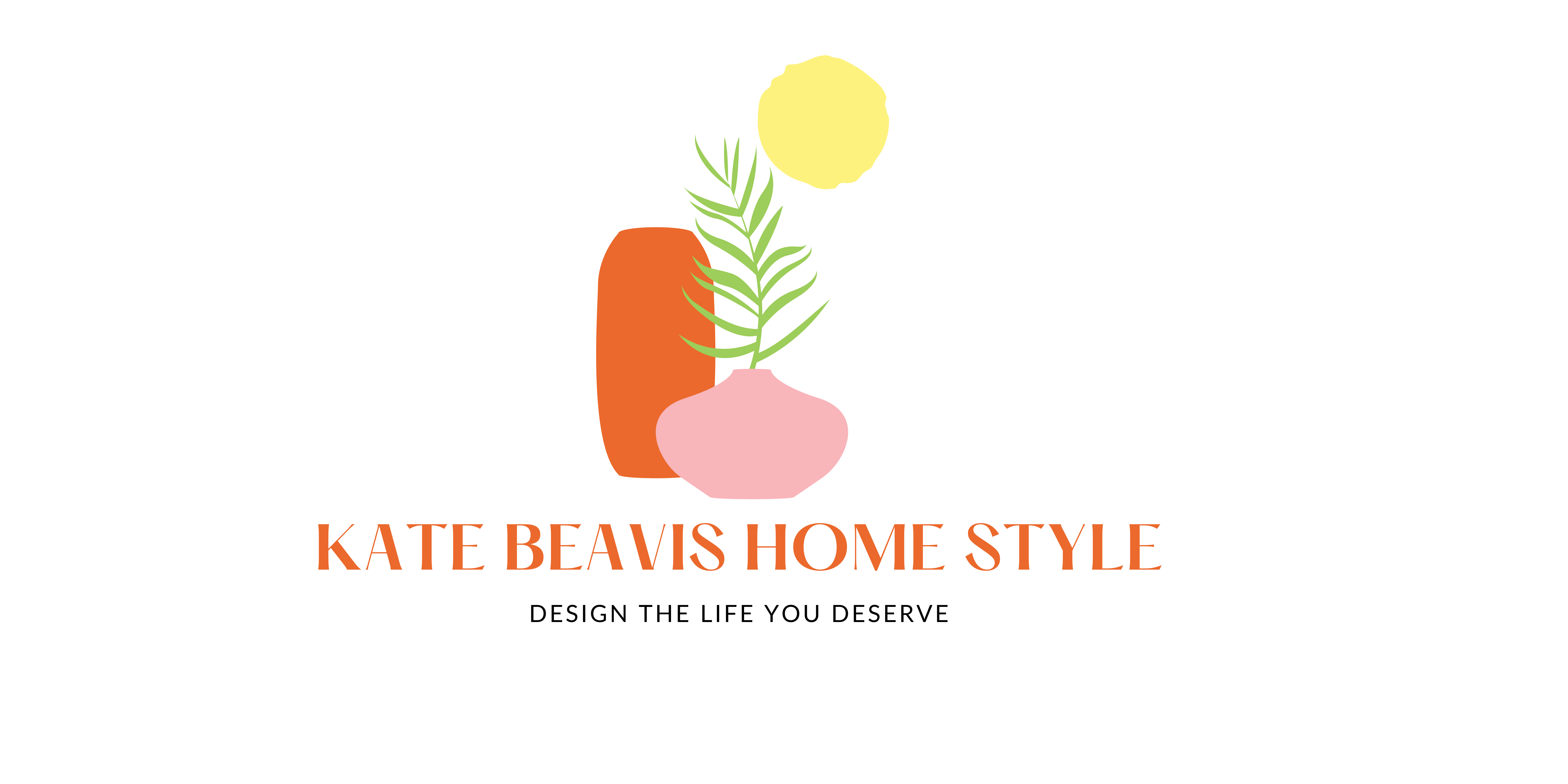Colours are a powerful form of non-verbal communication that can help you express a lot of things to those around you. Your choice of clothing colour, for instance, can send subtle yet distinct messages about your personality, mood, and intentions. Mastery of colour psychology, which is the study of how colours affect mood and perception, can help you reinforce the message or image you are trying to convey through your wardrobe choices.
From the impact of colour associations to the practical implications of outfit colours in various life situations, read on to find out what your choice of outfit colours truly says about you.

Colour Psychology: The Basics
Before delving into the world of fashion, it’s essential to understand the fundamentals of colour psychology. Different colours evoke specific emotions and convey distinct meanings. Blue is often utilised to represent calmness and trust while red is typically tied to feelings of passion and excitement, for example. These associations are deeply ingrained in our culture and psyche and a significant part of how we interpret the world around us.
The Impact of Wardrobe Choices
Considering how natural it is for people to tie specific meanings to colours, it’s possible that your choice of clothing colours can profoundly impact your mood and confidence. When you wear colours that resonate with your personality and mood, you’re likely to feel more comfortable and self-assured. Wearing a vibrant red dress for a special evening out, for instance, is a way of expressing your inner confidence and passion. The same can be said when you shop hosiery in blues and greys, which can reflect your inner sense of calm and stability when incorporated into an outfit.

Colour and Personal Style
Your personal style is an extension of your identity, and colour plays a pivotal role in defining it. Whether you gravitate towards the bohemian, classic, edgy, or minimalistic style, your colour choices can help convey your unique fashion persona. For instance, someone with a bohemian style might opt for earthy tones and vibrant patterns, while a classic dresser may prefer a timeless palette of black, white, and neutrals.
Colours in Professional and Formal Attire
In professional settings, the colours you wear can influence how you are perceived by others. For job interviews, it’s often recommended to choose neutral, calming colours like navy blue or grey, as they convey professionalism and reliability. In contrast, bold and bright colours may be more appropriate for creative industries, signaling innovation and confidence. Similarly, formal events call for attire in elegant and subdued hues, such as black, deep blues, or rich burgundies, to signify sophistication.
Colour Choices in Casual and Everyday Wear
In everyday life, your choice of casual clothing reflects your personality and attitude. Bright, cheerful colours can convey a relaxed and approachable demeanor, while muted or monochromatic outfits might suggest a more reserved disposition. Consider, then, how your clothing can send messages to the world about your mood and readiness to engage with others.

Cultural and Gender Considerations When Choosing Colours
Cultural norms and traditions heavily influence colour choices in clothing. For example, white is often associated with purity and weddings in Western cultures, while it symbolises mourning in some Asian cultures. Additionally, gender stereotypes can impact clothing colour choices, with pastels often linked to femininity and dark colours to masculinity. However, these norms are evolving, and many people now embrace a broader spectrum of colours regardless of their gender.
Colour Combinations and Accents
Combining colours strategically can create a specific image or mood. In the case of colour blocking, it involves pairing contrasting colours to make a bold statement. Adding colour accents through accessories like scarves, shoes, or belts can enhance your outfit’s visual appeal and express your creativity.
Colour Trends and Fashion Industry
Fashion designers and brands are acutely aware of colour trends and use them to convey their brand identity. These professionals select colour palettes that resonate with their target audience, which is a reflection of their deep understanding of consumer preferences and the cultural zeitgeist. It’s a good idea, then, to pay attention to the current fashion trends if you want to align with the mood of the moment.

Practical Tips on How to Use Your Knowledge of Colour Theory in Your Everyday Attire
You, too, can consider the use of colour psychology when deciding on your style for the day. Here are practical tips for utilising the effect colours have on moods to improve your fashion choices:
- Consider the occasion – Think about the message you want to convey in different situations and the colour that will help you get your message across.
- Personalise your choices – Know your undertones and pay attention to colours that complement your skin tone, hair colour, and eye colour, to name a few. Don’t be afraid to experiment to find the colour combinations that suit you best.
- Express yourself – Be bold and maximize the use of colour as a form of self-expression. It’s a fun and creative way to communicate your personality to the world.
More than just a reflection of your aesthetic, the colours of your clothes are a powerful tool for self-expression and communication. By understanding colour psychology and applying it to your fashion choices, you can make a lasting impression and confidently convey your unique identity to the world.

This is a collaborative post

